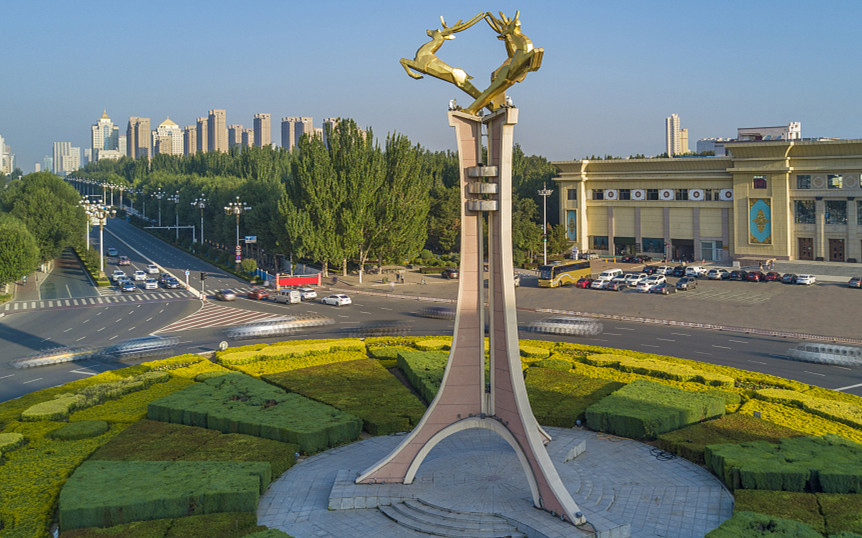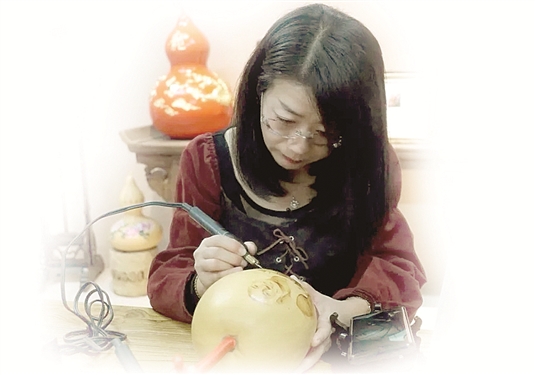
Pyrography
2021-03-19
Folk artist Yang Bingxue demonstrated her pyrography skills in her studio in Baotou city, in North China's Inner Mongolia autonomous region.
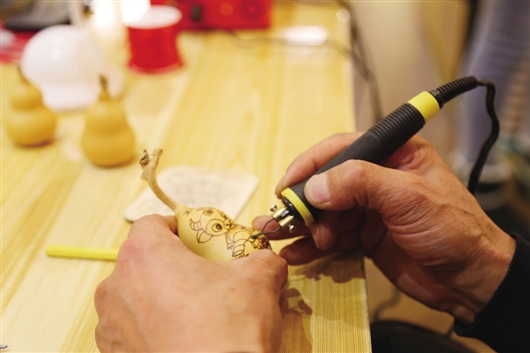
Festivities in Baotou embrace traditional culture
2021-02-10
Tian Xiulong, a folk artist, demonstrated the skills of "pyrography" during festivities held in Baotou, North China's Inner Mongolia autonomous region, on Feb 5-6, in celebration of the upcoming Spring Festival.
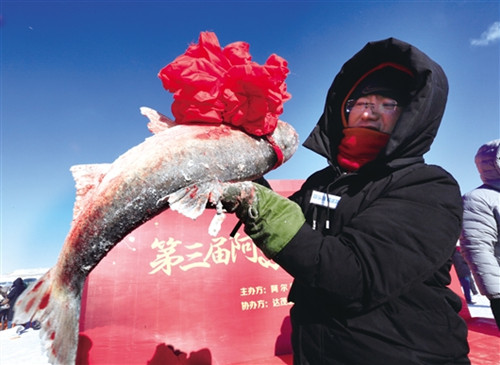
Winter fishing event opens in N China’s Baotou
2021-01-07
A winter fishing event officially kicked off in Darhan Muminggan Joint Banner in Baotou, North China's Inner Mongolia autonomous region, on Jan 1, according to local media reports.
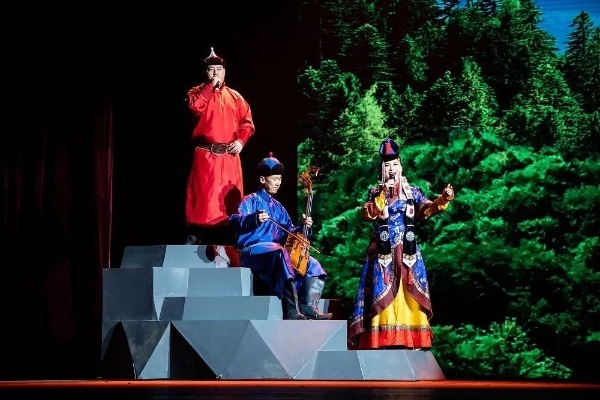
Mongolian art of singing, Khoomei
2020-12-21
Khoomei, or Hooliin Chor (‘throat harmony’), is a style of singing in which a single performer produces a diversified harmony of multiple voice parts, including a continued bass element produced in the throat.
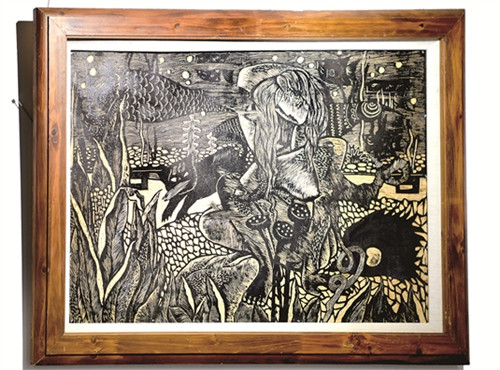
Baotou printmaking
2020-12-24
Printmaking, an art form that can be traced back thousands of years, is the art of creating pictures by carving or etching images onto materials such as wood, stone, and copper, using a knife or chisel.
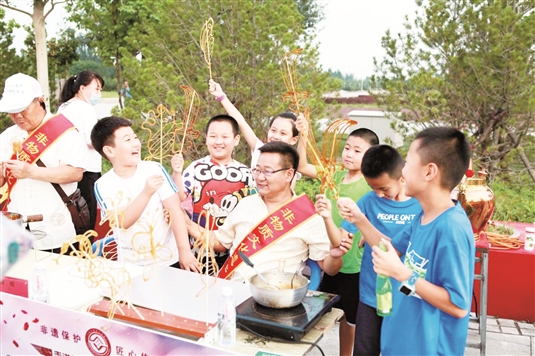
Visitors have a ball at handicraft, fun event held in Baotou
2020-07-31
A fun handicraft and intangible cultural heritage event was staged in Baotou city -- in North China's Inner Mongolia autonomous region recently -- attracting kids and adults alike to take in and get involved in handicrafts like making hats, snacks, sugar painting and dough modeling, local officials said.
-
Xikou Cultural Festival opens in North China’s Baotou
2020-07-27
The 12th Xikou Cultural Festival opened in Donghe district in Baotou, in North China's Inner Mongolia autonomous region, with an opening ceremony held on July 18, according to Baotou Evening News.
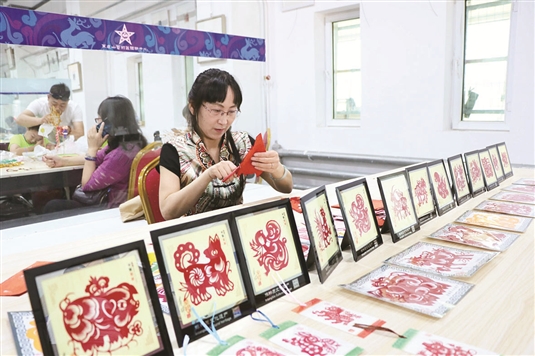
Dongdashan Art Festival set to open in Baotou
2020-06-24
The 2020 Dongdashan Art Festival – in Baotou city in North China's Inner Mongolia autonomous region -- is set to open online during the upcoming Dragon Boat Festival period on June 25-27, according to local media reports.
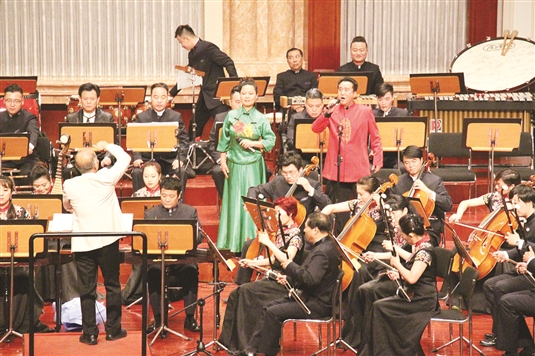
Manhan Opera
2020-04-27
Originating from Baotou -- mostly from Tumd Right Banner in North China's Inner Mongolia autonomous region -- Manhan Opera is a kind of local opera based on er ren tai which in Chinese literally means "two people on stage".
Home > Ethnic Culture





 Ice floats & swans in Baotou
Ice floats & swans in Baotou